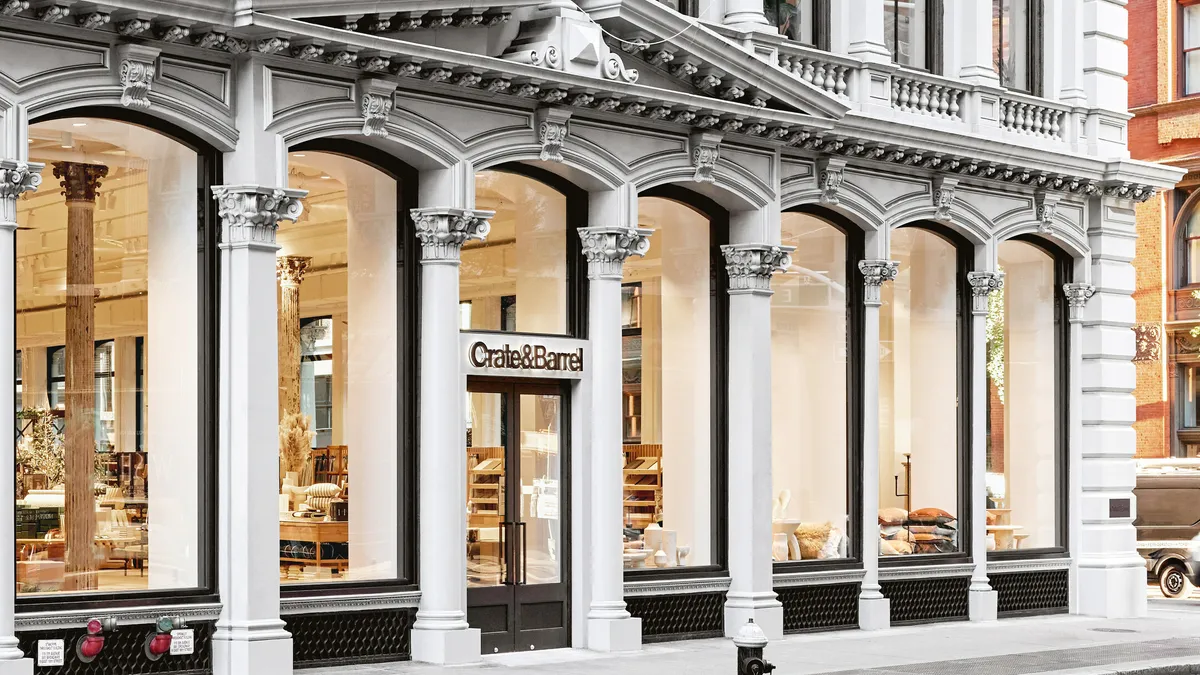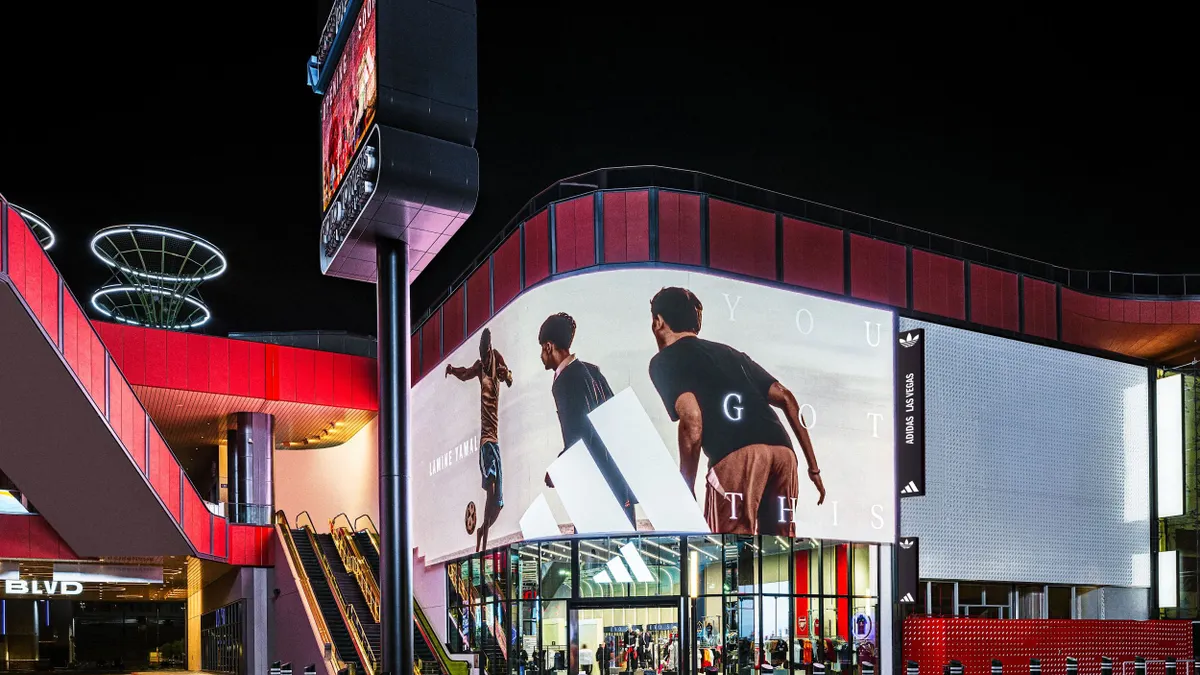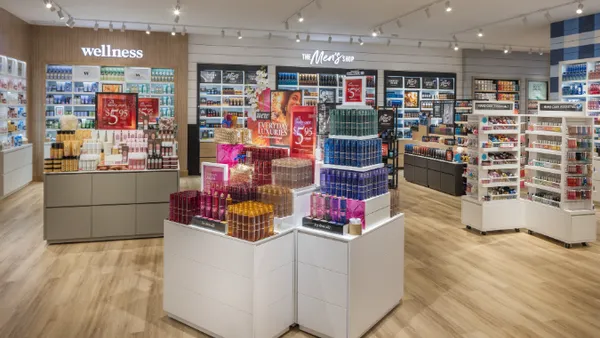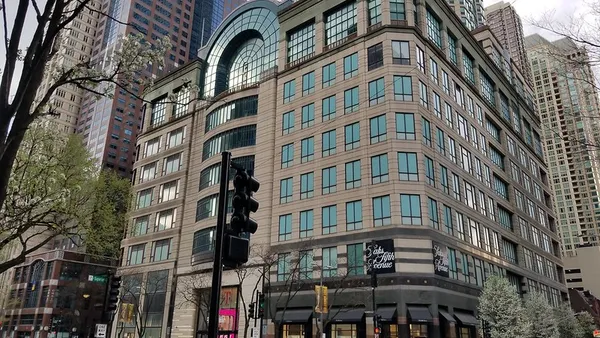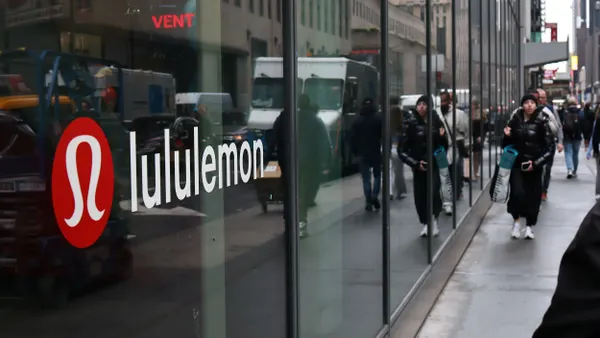NEW YORK — Brick-and-mortar retailers are ceding ground to e-commerce by playing a game they can’t win, while ignoring what people want from stores, according to research from WD Partners presented at the National Retail Federation’s Big Show on Tuesday.
“You should think about stores in a completely different way than you think about your online business altogether,” Lee Peterson, WD Partners executive vice president of thought leadership, said. “Online is tactical. It is about speed, it is about logistics. But stores are not — it's about emotions, it’s about feelings. It's about the way you think about something. It's about contextual value, and what you think of the brand.”
In its ongoing research, the marketing and strategy firm has found that nearly 70% of more than 3,000 U.S. consumers prefer to shop online. Recently the firm polled those respondents further to find out why. The top reason for avoiding stores is that shopping "takes too much time and effort,” an indication that Amazon’s recent effort to accelerate its already speedy delivery is paying off. Messy stores, difficulty finding items, slow checkout and poor customer service rounded out the top five.
"If you wonder why you have to close all these stores, and you think ‘Oh, Amazon, such a problem, delivery is so fast.’ No, it’s you. It’s really you.”

Lee Peterson
Executive Vice President of Thought Leadership, WD Partners
These are all breaches of retail fundamentals, and therefore fixable, Peterson said.
“This stuff is table stakes, this is like the stuff I learned in retail right after the dinosaurs,” Peterson said. “We learned that we needed better associates, we can’t have messy stores. We needed to learn all those things. Right now, when we've got people delivering things on the porch in two minutes, we still have the same problems. So if you wonder why you have to close all these stores, and you think ‘Oh, Amazon, such a problem, delivery is so fast.’ No, it's you. It's really you.”
Most retailers have achieved an online fulfillment velocity that, while maybe not as swift as Amazon, is fast enough for most consumers. When it comes to stores, though, they should slow way down, according to Peterson.
“My proposal to you is ‘slow retail,’” he said, comparing it to the slow food movement that was a response to fast food. “Think about quality versus speed. Don't think about that lightning bolt and the package on the front porch the next day or in two hours, where I'm going to build like 500 warehouses. Don't even think about that. Your e-commerce is probably really good at two days. So what, you know two days is not the end of the world.”
The one area that is often too slow is checkout, and more stores can leverage opportunities to speed things up by having more associates or using roving point of sales, as at Apple stores and elsewhere.
When it comes to merchandising, Peterson pointed to a new approach by movie theaters to maintain exclusives for a period before they hit the streaming services. Retailers should similarly reserve drops or assortments for their stores, he said.
WD Partners also found that U.S. consumers would like to be able to walk or bike to stores within their neighborhood. According to Peterson, Ace Hardware is an example of a local retailer at scale, that — despite “blah” merchandising and an assortment that is limited compared to the big-box home improvement retailers — is nestled into neighborhoods and excels at the most important aspect of shopping in stores, customer service.
“‘Slow retail’ applies to associates, almost more than anything,” Peterson said. “Design, exclusive products, mobile checkout and visual merchandising because it's a lost art. Visual merchandising is a big, big deal and should not be forgotten.”



